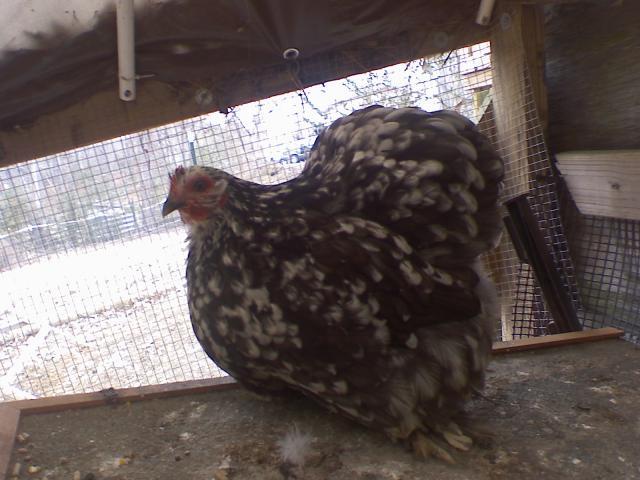- Feb 9, 2009
- 2,595
- 75
- 296
Quote:
Quite the ambassador of the breed. The very reason when people ask me about breeds that are good w/children, Cochin are always the first out of my mouth!

It helps that at 4 years old very little intimidates him, and he is very good at restraining their wings.
Absolutely Adorable! I just love little boys and that second picture is just precious.
Quite the ambassador of the breed. The very reason when people ask me about breeds that are good w/children, Cochin are always the first out of my mouth!

It helps that at 4 years old very little intimidates him, and he is very good at restraining their wings.
Absolutely Adorable! I just love little boys and that second picture is just precious.




